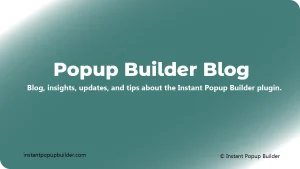
UGC in email marketing to boost opens, clicks & conversions
Do you ever think about getting more from your email marketing? You should. Social media is sexy, but email still wins when it comes to
Can’t find a feature you need? Share your suggestion with us, and we promise to deliver it within a week!
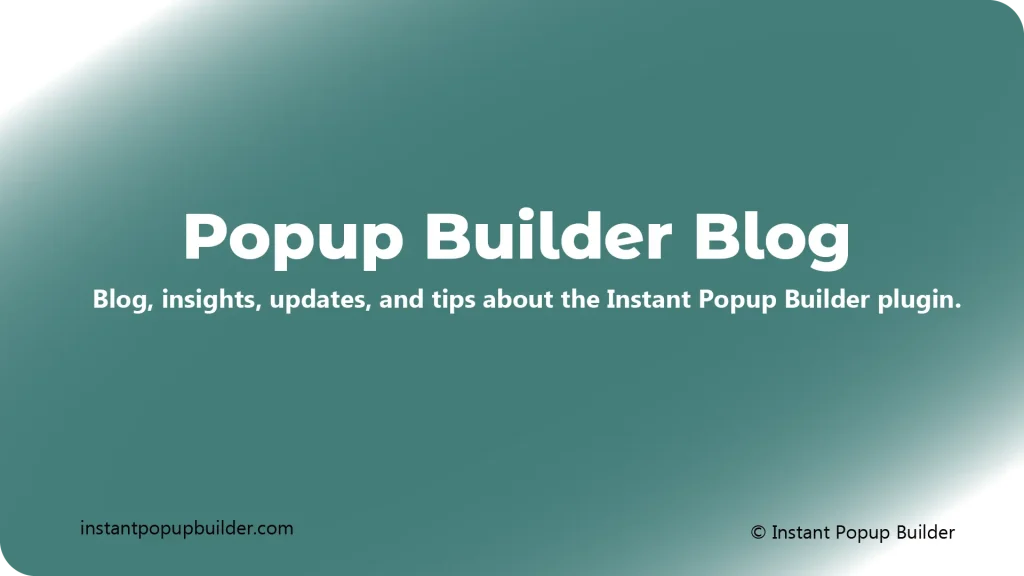
Do you ever think about getting more from your email marketing? You should. Social media is sexy, but email still wins when it comes to ROI and direct conversions. If you’ve been sending newsletters, offers, and cart reminders without much love, adding UGC in email marketing can change the game, fast, affordably, and authentically.
User-generated content (UGC) feels human. Real customers using your product are inherently more believable than studio shots or hyper-polished ad copy. That trust translates into measurable results: higher open rates, stronger click-throughs, and better conversion rates. UGC is also cost-effective, it’s content your customers make for you. That’s a win for both budget and credibility.
“Authentic customer stories cut through the noise more reliably than flash campaigns,” says a senior email marketer at a fast-growing retailer. “When a subscriber sees someone like them using a product, the doubt disappears.”
There are several practical UGC types you can slot into email sequences:
Each type serves a purpose: testimonials build trust, photos add visual proof, and polls increase engagement.
Start small and iterate. Here are concrete tactics that work.
Ask for it. Use post-purchase emails, in-app prompts, or contests to encourage customers to share photos, reviews, and short videos. Give clear guidance: what format you want, the theme, and how you’ll use the content. Offer an incentive — a small discount or a chance to be featured — and make submission frictionless.
Replace a generic product image with a carousel or single photo from a real customer. In cart-abandonment flows, include a 2–3 star-review snippet showing the most trusted benefits. Visual UGC reduces hesitation and often nudges shoppers to complete their purchase.
Lead with a short customer story or video in a newsletter rather than a long product description. Stories make the product tangible and relatable. If customers tell their experience in their own voice, recipients are far more likely to read and act.
Contests multiply content: ask customers to post with a branded hashtag, then feature the best entries in your email blast. Hashtags make it easy to discover and aggregate content across platforms, boosting both visibility and trust.
Always request permission and store usage rights before featuring someone’s content. Filter for quality and brand fit. A single off-brand or poor-quality image can undo the persuasive benefits of UGC.
“A well-placed user photo in an abandoned cart email often performs like an extra discount,” notes a customer experience manager. “It’s the reassurance subscribers need.”
Track open rates, CTR, and conversion lift for UGC vs. control emails. A simple A/B test, one version with a product photo from your studio, another with a customer photo and a short testimonial, will quickly tell you which resonates. Over time, build a library of high-performing UGC and reuse it across segments.
UGC in email marketing is not a gimmick; it’s smart commerce. When used selectively and ethically, user-generated content humanizes your brand, lowers perceived risk for buyers, and boosts key metrics across campaigns. Start by collecting simple reviews and photos, test their impact on cart recovery and newsletters, and scale the formats that move the needle.
Keep in mind: not all UGC is equal. Be selective, get permissions, and always prioritize quality and alignment with your brand voice. Do that, and your next email could feel less like an ad and more like a recommendation from a friend.

Do you ever think about getting more from your email marketing? You should. Social media is sexy, but email still wins when it comes to
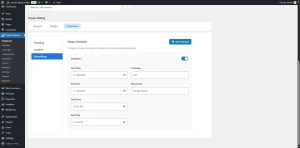
Let’s break down the steps to boost Black Friday sales with scheduled popups and subscription campaigns using Instant Popup Builder.
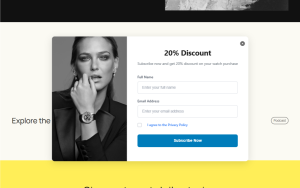
With tools like Instant Popup Builder and its powerful Campaign Builder, businesses can now set up campaigns that work seamlessly in the background.
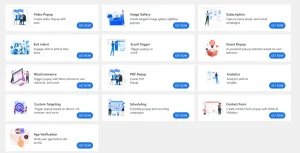
With the latest version, Instant Popup Builder introduces 13+ new popup extensions, each designed to serve a unique marketing, compliance, or UX purpose.